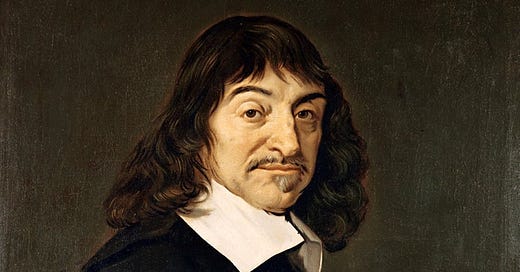16. History of Aesthetics: The Turn to Modern Times
Beauty Is in the Eye of the Beholder—But Has It Always Been?
"Beauty is in the eye of the beholder." We’ve all heard the phrase—and probably said it ourselves. But what many people don’t realize is that this idea is relatively new in the history of thought. There were hints of it long ago—Protagoras, for instance, famously declared in ancient Greece that "man is the measure of all things." Still, for centuries, beauty was not something we created or decided on; it was something we discovered. Its source was thought to lie in forms, in knowledge, or in God—all of which existed outside the human mind.
Enter René Descartes (1596–1650), often called the Father of Modern Philosophy. He might seem like an odd figure to feature in the history of aesthetics, especially since he wrote almost nothing directly on the topic. But Descartes’s influence reaches into every corner of philosophy—including aesthetics—regardless of whether he ever addressed it head-on.
Most people recognize his famous phrase: “I think, therefore I am.” Fewer remember who said it—or why. But this deceptively simple idea marked a radical shift. Instead of grounding truth, goodness, and beauty in God or the Forms, Descartes initiated a major turn inward. People began to look inside themselves for certainty and meaning.




